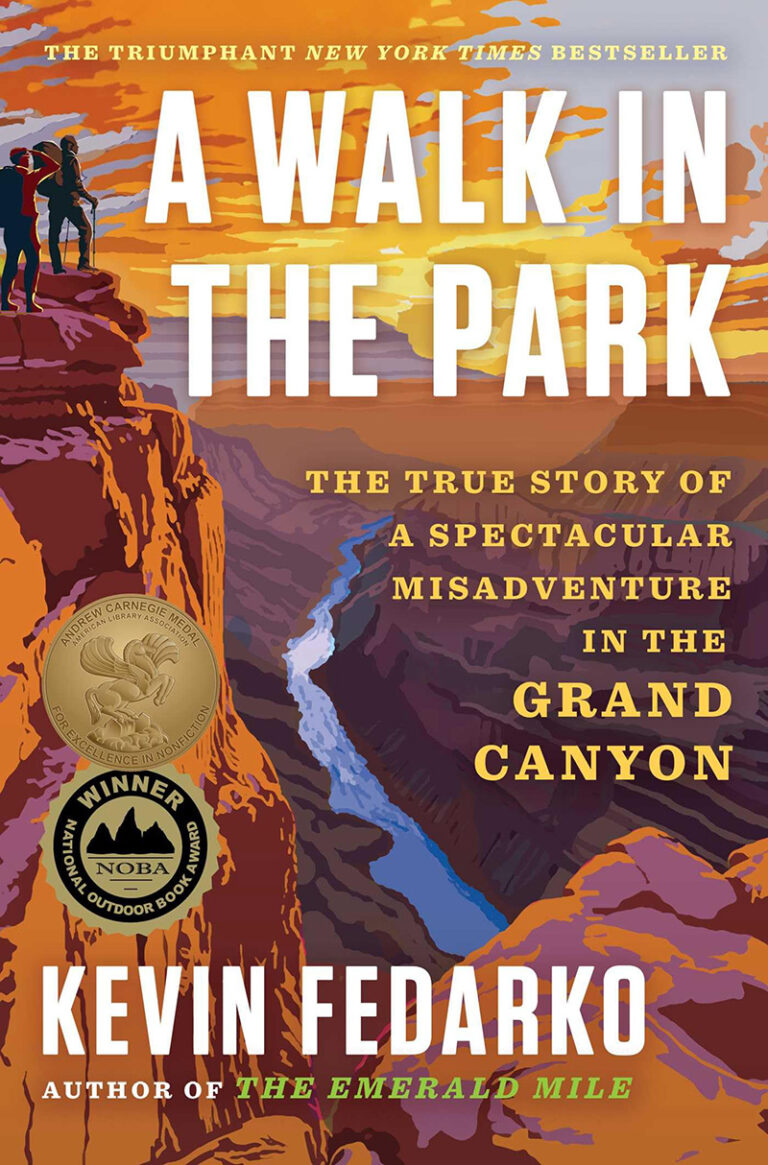OUR BIOREGION extends from the Cascades to the Rockies. It is our backyard. and its the best place to start “saving our earth.” Knowing it allows us to know our place in the world, the resources that are immediately available to us and the responsibilty we have toward those resources. Recognizing that we are part of the complex ecology that surrounds us, hopefully leads to deeper relationships with nature and each other.
Take this quiz and test your sustainability wits.
INLAND NW BIOREGION QUIZ
(adapted from bioregion quiz developed by Jean MacGregor and Martha Henderson from Evergreen State College).
1. What is the name of our region’s watershed?
2. What is the source of our running water?
3. When is the next full moon?
4. What is the annual precipitation in Spokane?
5. From what direction do most storms reach Spokane?
6. Name the five native Indian tribes in our area?
7. What is the general forest type in Eastern Washington?
8. How long is our growing season?
9. If you want to purchase locally grown foods, where would you go? List at least three locations.
10. When was your neighborhood first developed?
11. What are the significant events in the social history of your neighborhood?
12. Where are our region’s wastewater treatment plants located?
13. Where does our garbage go?
14. What percentage of waste is recycled in Spokane County?
15. When you turn on the lights at home, where was that electricity generated?
16. What are the most common birds in your neighborhood? Are they native to North America?
17. Name a plant or animal that is an indicator of environmental health for the Spokane River?
18. Which of the following are true. In the next 25 years, climate change could:
a) Stress the Spokane water supply.
b) Reduce or eliminate winter skiing in our region.
c) Increase electric bills in Eastern Washington.
d) Increase flooding in winter months.
e) Make agricultural products more expensive.
f) All of the above.
EXTRA CREDIT QUIZ
If the previous quiz was a bit too easy, local permaculturist, Ed Bryant and owner of Sustainable Urban Solutions developed this section for OTM. Test your inner ecologist:
1. (a) Assume there is no water for supplemental irrigating; what annual food crops could you grow? (b) What perennial crops?
2. (a) How long does the summer dry period usually last in Spokane? (b) What is the minimum amount of water you and your family would need to survive this without access to municipal supplies?
3. How much water was used by Spokane in 2006?
4. How much water runs off your roof during an average year?
5. (a) Do you know any of the food plants native peoples used to rely on? (b) Can you identify any of them? (c) Could you safely harvest, prepare and eat it?
6. What is symbiosis? Why is it important to the health of species?
7. (a) What is Liebig’s Law of the Minimum? (b) Name the three limiting nutrients for our bioregion? Do you think that the human population is similarly constrained?
INLAND NW BIOREGION QUIZ ANSWERS
1. Spokane-Coeur d’Alene Basin
2. Rathdrum Prairie-Spokane Valley Aquifer
3. April 6 or May 5.
4. 18.8 inches
5. Southwest
6. Spokane, Coeur d’Alene, Kalispel, Colville, Kootenai
7. Ponderosa Pine and Douglas Fir Forests
8. 150 days (on average)
9. Green Bluff, Fresh Abundance, Area Farmers Markets, Huckleberrys Market, Pilgrims Natural Foods Market, Lorien Natural Foods, Rural Roots Publication for other farmers.
10. Varies.
11. Varies.
12. Along the Spokane River: Riverside State Park, Liberty Lake, Hayden Regional Sewer, Post Falls, Coeur d’Alene, and a newly planned treatment plant for Spokane County.
13. Recycled or burned at the following: North County Recycling Center & Transfer Station, Valley Recycling Center & Transfer Station, Waste to Energy Facility Recycling Center & Transfer.
14. 45%
15. Spokane River dams (about 10% of Avista’s power), supplemented with Avista’s other power sources (contract power from Columbia River PUDs, natural gas facilities, and Clark Fork dams).
16. Varies.
17. Red Band Trout
18. f) All of the Above
EXTRA CREDIT ANSWERS
1. (a) Without irrigation, only annual plants which complete their life cycle with winter/spring moisture can be successfully grown. These include most grains (wheat, barley etc, as well as pulses like lentils and field peas). Some annual garden crops like carrots/radishes/lettuce can be planted early to harvest before the real heat and drying of the summer gets underway. (b) Consider nut-bearing trees. Established trees with deep root systems can produce an abundance of high fat, high protein nuts with no supplemental irrigation; walnut, hazel nut and black walnut all do well in Spokane’s climate.
2. (a) The summer dry period usually runs from mid-June until mid-October: 120 days. (b) People in other places can manage with a few quarts, but most Americans would need a minimum of 1 gallon/day. A family of four would need 500 gallons to survive through the dry season; this would be for drinking and cooking only, sanitation and washing are not included.
3. (a) 23.70 billion gallons in 2006.
4. 0.62 gallons/inch of rain for each square foot of roof surface. In practice, expect somewhat less.
5. (a) Camas root, cattail shoots, wild peppermint, black moss, foam berry, brewberry and huckleberry, wild carrots, sunflower seeds, wild onions, hazelnut, arrowleaf, balsam root and wild hyacinth. (b & c) Go to http://www.wellpinit.wednet.edu/sal-hist/reading.php?iinclude=../sal-hist/foodmed.txt for further details and other medicinal native plants.
6. Symbiosis commonly describes close and often long term interactions between different biological species. Symbiosis is increasingly recognized as important toward a species’ evolution.
7. (a) Justus von Liebig’s Law of the Minimum states that yield is proportional to the amount of the most limiting nutrient, whichever nutrient it may be. (b) Summer moisture, soil carbon, potassium.













